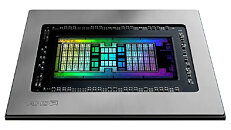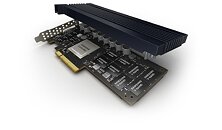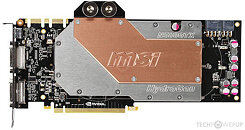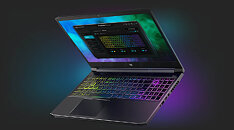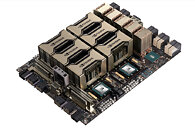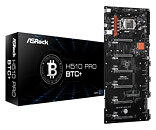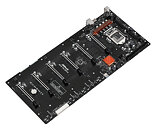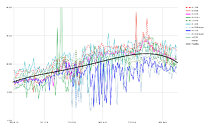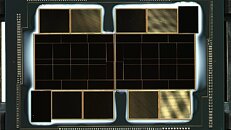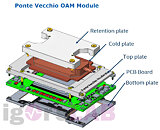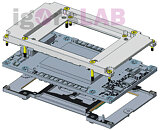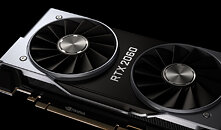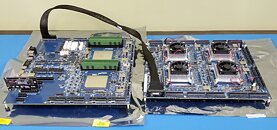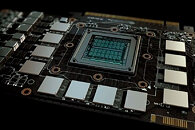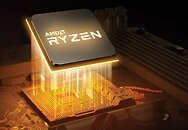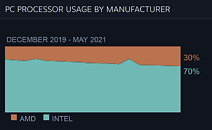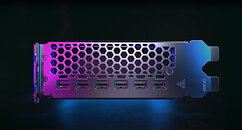Seemingly Fake Twitter Account Claims the Return of 3dfx Interactive
Nostalgia is perhaps the most present feeling among many gamers across the globe, and someone is seemingly playing with ours as there is a Twitter account claiming the return of a company that has been dead for 20 years. 3dfx Interactive, once a giant in the graphics card industry, is allegedly returning after 20 years to give gamers a new choice of a graphics card. According to a Twitter account that claims that 3dfx Interactive is returning, we are seeing a massive amount of hype being built around the seemingly fake and bad attempt of playing with our nostalgia.
3dfx went bankrupt in 2000 and was acquired by NVIDIA, who took over the rights to trademarks and everything involved with the brand. In the latest tweet, the alleged resurrected company is claiming a return after 20 years. It says that Jansen Products, also an alleged investment firm, that we couldn't find in any database of registered firms, is now the owner of 3dfx Interactive brand and its trademarks. A simple Google search points towards a Belgian building firm, not an alleged San Francisco investment company.. Together, this is making the alleged return seem just like a joke, as someone must be playing with many gamers that used 3dfx's famous Voodoo lineup of graphics cards.
3dfx went bankrupt in 2000 and was acquired by NVIDIA, who took over the rights to trademarks and everything involved with the brand. In the latest tweet, the alleged resurrected company is claiming a return after 20 years. It says that Jansen Products, also an alleged investment firm, that we couldn't find in any database of registered firms, is now the owner of 3dfx Interactive brand and its trademarks. A simple Google search points towards a Belgian building firm, not an alleged San Francisco investment company.. Together, this is making the alleged return seem just like a joke, as someone must be playing with many gamers that used 3dfx's famous Voodoo lineup of graphics cards.


